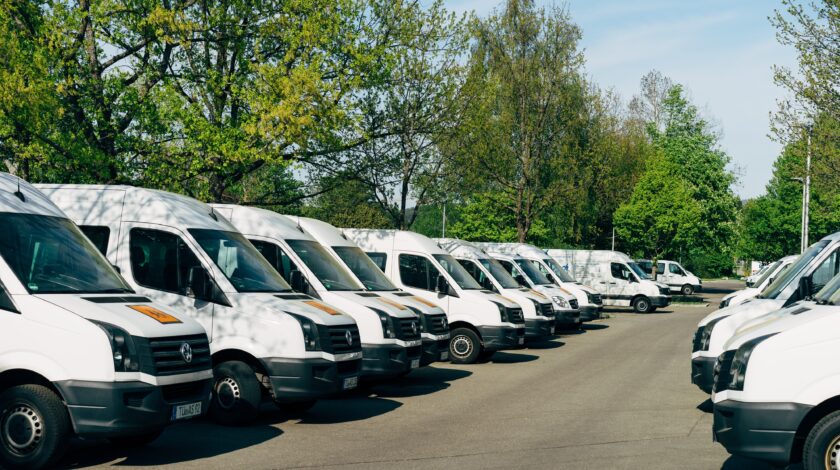The Versatility of Vans in Modern Transportation
Introduction to Vans
The van has long been a staple in the world of transportation, providing an invaluable service to individuals and businesses alike. Defined by its boxy shape and ample cargo space, the van’s design is optimized for a variety of uses, including the transport of goods, tools, and even passengers. Its versatility has made it an essential vehicle for countless applications, from delivery services and tradespeople to family trips and shuttle services.
Utility and Function
One of the critical advantages of a van is its ability to be customized for specific purposes. Whether it’s for a plumber requiring a mobile workshop stocked with equipment or a courier service needing secure and ample space for parcels, there’s a van configuration available. This customization extends to the interior as well, with shelving units, cargo barriers, and refrigeration systems just a few of the modifications that can be implemented.
The van’s utility is not only limited to its cargo space. Modern vans are equipped with technology that aids in navigation, communication, and safety. Features such as GPS, Bluetooth connectivity, and rear-view cameras have become standard, making these vehicles as advanced and connected as their passenger car counterparts.
Passenger Comfort and Accessibility
Vans also excel in transporting people. Passenger vans are designed to carry multiple people comfortably and safely, making them ideal for families, community organizations, and shuttle services. Accessibility options such as low floors, ramps, and wheelchair lifts have made vans an indispensable part of transport for those with mobility challenges.
In addition to accessibility, passenger vans have evolved to offer comfort features once reserved for luxury vehicles. Air conditioning, entertainment systems, and plush seating can transform a basic van into a luxurious people mover, proving that these vehicles can cater to a wide array of needs and preferences.
Economic and Environmental Impact
The economic impact of vans is significant. They are pivotal in the logistics and delivery sectors, facilitating the movement of goods in local and regional areas. The rise of e-commerce has only increased the demand for reliable and efficient van transport, highlighting their role in a thriving modern economy.
Moreover, manufacturers have been focusing on making vans more environmentally friendly. The development of electric and hybrid vans is on the rise, reducing emissions and operating costs. These advancements ensure that vans will remain an integral part of our transportation system while aligning with global efforts to combat climate change.
Cultural Significance
Beyond their practical applications, vans have also made a cultural impact. They’ve been immortalized in films, music, and even as iconic symbols of certain eras, such as the 1960s and 70s with the rise of the custom van culture. Vans have a unique place in the heart of many enthusiasts, with vintage models being restored and customized, showcasing the enduring appeal of these versatile vehicles.
Conclusion
The van remains a key player in transportation due to its ability to adapt to a wide range of needs. From hauling cargo to ferrying passengers in comfort, the functionality of vans is unmatched. As technology progresses and environmental concerns become more pressing, vans continue to evolve, ensuring they will be part of our transportation infrastructure for many years to come. Whether it’s a small business owner or a large family, the van serves as a reliable companion, ready to tackle the demands of modern life.

Comments are closed, but trackbacks and pingbacks are open.